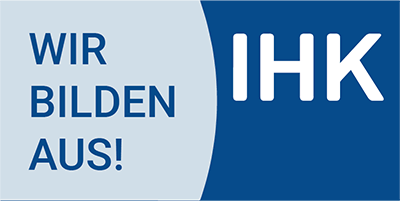Practical test: The layout for an SMD stencil is sent to ten different manufacturers of high-precision stencils for solder paste printing. What is the result? Ten different SMD stencils. The reason for the different variants? Each supplier focuses on a different aspect when testing the individual pads. At BECKTRONIC, proactive, result-oriented stencil optimization in the form of BECKTRONIC ProConsult is always the first step. We have more than three decades of industry experience and know exactly what is important when producing the optimum stencil for printed circuit board production.
Because only an SMD stencil with an exact pad pattern ensures an exact printing result and minimizes waste. In the long term, the holistic inspection of the stencil layout can create the basis for cost-efficient and resource-saving work. With the individual consulting concept BECKTRONIC ProConsult, as a manufacturer of SMD stencils and quick-release frames, we offer our customers considerable added value.
The aim here is to optimise the paste application in line with the respective soldering process and, at the end of the process chain, to achieve the optimum soldering result with an error rate approaching 0 ppm.
Managing Director Thomas Schulte-Brinker explains: "In close coordination with our customers, each stencil undergoes a software-based plausibility check. But the focus is clearly on the know-how of the experienced employees. Often, possible adjustments that optimize the functionality and longevity of the stencil are noticeable at first glance. We maintain extensive internal databases that contain all information on the individual requirements of our customers. The IPC-7525A guidelines are taken into account as well as special designs including anti-tombstone optimization. BECKTRONIC ProConsult means uncomplicated work with best results for our customers".
Layout design of SMD stencils
- pad modifications
- Homeplates (cottage shape) or BowTie (inverted cottage shape) to avoid tombstoning (gravestone effect)
- Reduction and enlargement: percentage, circumferential or component-specific
- Volume reduction of large openings through sensible rasterization
- Rounding of the pad corners with defined radius for improved paste release in the edge area of the apertures
- Pad positioning: Consideration of stretch or shrink factors related to different pcb materials
- Checking Area Ratio and Aspect Ratio (thickness ratio)


![[Translate to Englisch:] Beratung Becktronic](/fileadmin/user_upload/06-aktuelles/161102_becktronic_pro_consult.jpg)


